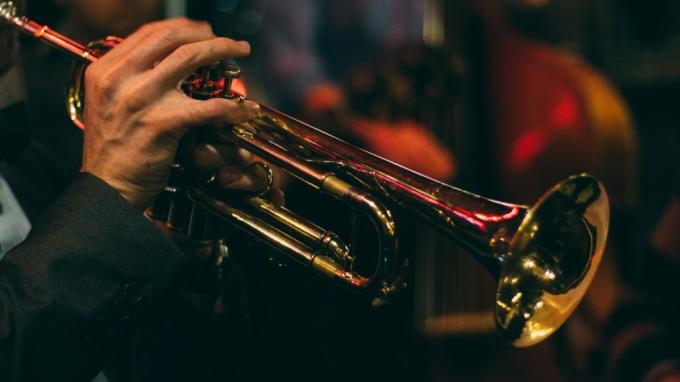With the technological advances achieved by the Industrial Revolution, during the XIX century, there was the rise of multiple areas of knowledge.
In view of this, scientific and aesthetic studies also became of interest to most people. Check out the main movements and characteristics of the art, science and literature in the 19th century.
see more
Scientists use technology to unlock secrets in ancient Egyptian art…
Archaeologists discover stunning Bronze Age tombs in…

In this scenario, institutions began to invest in the development of studies and in pursuit of the progress of science. Another action was the insertion of the word “scientist” and the propagation of the work The origin of species, by Charles Darwin.
Constant investments were made in an attempt to systematize different fields of knowledge. Thus, museums, polytechnic schools, scientific societies were implemented and scholars gained euphoria in the field of technical knowledge.
The hard sciences, or known as exact, were boosted to the point where technology was allied with industrial development.
In view of this, the fields of Physical, from the fine chemistry and the metallurgy stood out as the main areas of scientific development.
Grounded in progress, the human sciences leveraged in other areas, such as the Sociology and the Psychology.

In the universe of the arts, the feeling of the Industrial Revolution led to the creation of new feelings and expressions.
O Romanticism was in search of a critique of changes in society, seeking a life together with nature and in exaltation of love. There was also room for drama and criticism of the oppressions received by the popular classes.
Already in the middle of the 19th century, in a line of greater contestation, they abdicated the space for the Parnassianism. The movement exalted the beautiful, seeing art as a gap that should not be limited to the negativities of human beings.
On the other hand, the Realism and the Naturalism highlighted human contradictions and promoted reflection.
Still at that moment, an engaged literature was determined and with splashes of thought Marxist.

In architecture, previous aesthetic standards were regressed, such as the medieval Gothic model. On French territory, the Art Nouveau highlighted the architectural decoration.
In addition, the insertion of reinforced concrete made it possible to raise the construction of buildings and develop more detailed architectural designs.
As for painting, the productions dialogued with literary currents. Realism gave voice to everyday situations, balancing aesthetic rigor and the expression of feelings.
Another chain implanted was that of impressionism, resulting in different sensations by the play of its colors.
The musical field also had updates, whether erudite or popular. In the erudite, the work of Beethoven gave way to other rich composers.
Meanwhile, in the popular, the Jazz emerged as a musical style rooted in North American ghettos.
In the period of transition from the 19th century to the 20th century, the so-called mass culture began the process of invasion of big cities.
You Lumière brothers, with the advent of movie theater, led to a change in the universe of the arts in France.
The insertion of the cinematograph gave rise to the so-called seventh art.
Read too:
